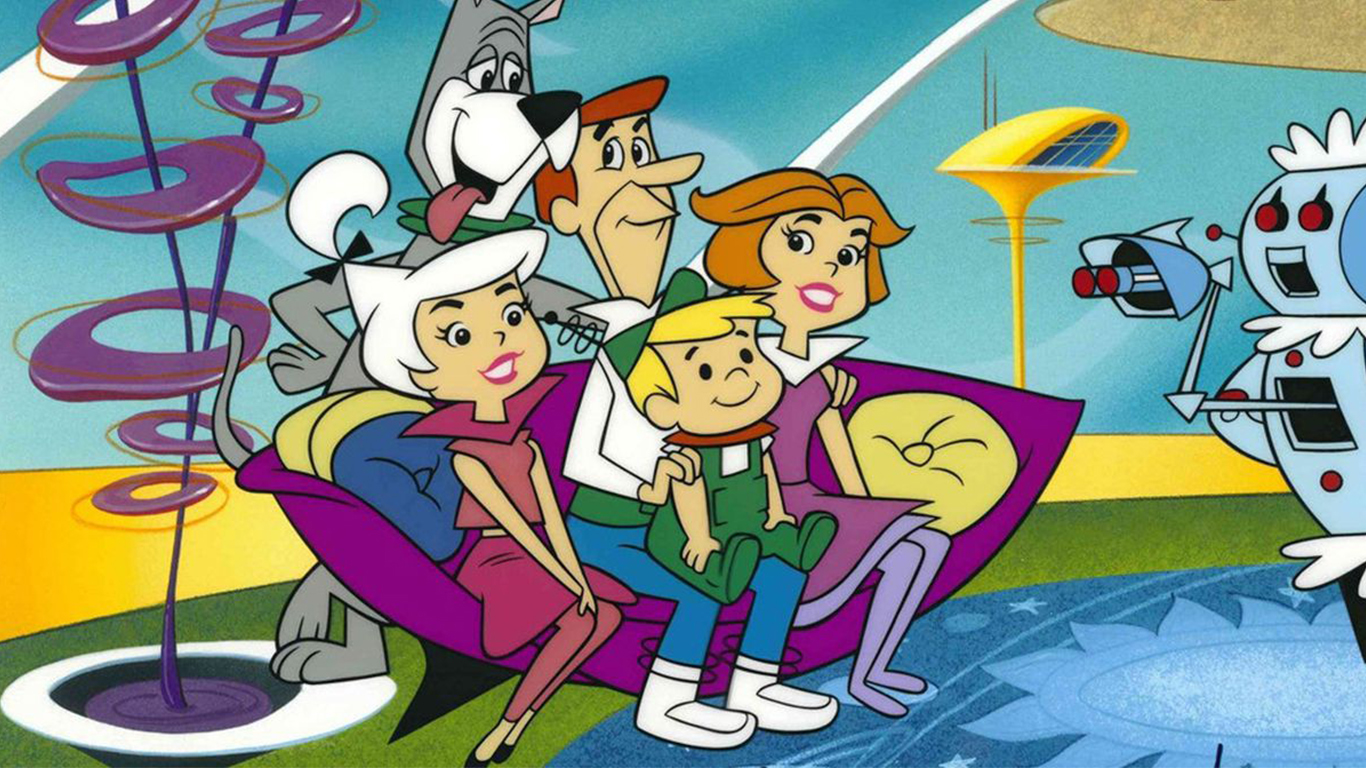
The term “moonshot” likely gained currency when Alphabet/Google began using it to describe research projects that were treated as possible businesses because the project had a shot at developing a business model and, even better, monetized. So far, only its Waymo self-driving technology has gotten much public attention even though Waymo may still be years away from making money.
Earlier this week, Bank of America’s Global Research group published a list of 14 moonshot technologies that the researchers said could change people’s lives and “accelerate the impact of global megatrends.”
In a series of articles beginning with this one, we’ll take a look at BofA’s 14 moonshot technologies and identify some of the public and private companies currently working on them. Today’s piece examines four moonshots: 6G networking, emotional artificial intelligence (AI), brain-computer interfaces and synthetic biology.
6G Networking
This one is probably the least surprising. Now that 5G is on its way to wide adoption, could 6G be far behind? 5G offers peak data speeds of up to 20 gigabits per second (Gbps) and more than 100 megabits per second (Mbps) on average.
What 6G eventually will include remains to be seen, but among the specifications being discussed are network speeds of 1 terabyte per second (TBps), an increase of 1,000-times the 5G average. The implications of such speeds promise the integration of what are currently distinct technologies into a unified source of information, not just data.
Last fall, China launched a 6G satellite and, in February, Apple began hiring engineers to work on 6G networking. Samsung, Ericsson, Nokia, Huawei and virtually every other networking company in the world is working on 6G. The Alliance for Telecommunications Industry Solutions (ATIS) includes dozens of companies in a 6G working group and is sponsoring a 6G Symposium next week in Washington, D.C.
A reasonable estimate of when 6G networking may be available is around 2030. The current cycle of network upgrades (3G > 4G > 5G) takes 8 to 10 years between generations.
Brain-Computer Interfaces
Advances in computing power (think quantum computing) are making it harder for people to keep up with them. A brain-computer interface could help level the field. In the near term, such an interface could offer solutions for amputees and paralytics, along with gamers who would probably pay dearly for a device that didn’t require them to use a joystick or input device other than their thoughts.
The best-known of the companies working on this technology is Neuralink. Tesla CEO Elon Musk is one of the company’s co-founders and, as we might expect, its best pitchman. The company’s initial goal is to help people with paralysis “regain independence through the control of computers and mobile devices.”
There are at least 20 other brain-machine companies, all privately held and venture-funded. Two startups to watch were identified by CBInsights in 2019.
Kernel has raised $107 million in two venture rounds. Founder Bryan Rogers has invested $54 million of his own money in the company. Last year the company unveiled a business model it calls Neuroscience as a Service (NaaS). Along with the software, Kernel has developed a 3D-printed helmet that uses sensors to monitor and record brain activity.
Neuropace came public in April at $17.00 a share and raised $117.3 million in net proceeds. The company has developed an implant to treat drug-resistant focal epilepsy. The device costs $50,000 and the company thinks its total addressable market is around $26 billion. If the device is approved for patients under 18, the market size could double.
Emotional AI
Sometimes called “affective computing” or “cognitive computing,” emotional artificial intelligence aims to capture human emotions, analyze them and then fashion a response. The technology is basically an extension of facial recognition, based on the assumption that a person’s emotional state can be inferred from facial movements.
This may be among the most controversial of the moonshot technologies. Facial recognition has been criticized for its racial biases, privacy erosion and ease of being misused. Reading a person’s facial movements compounds the problems. A 2019 paper published in the Journal Psychological Science in the Public Interest noted:
In fact, our review of the scientific evidence indicates that very little is known about how and why certain facial movements express instances of emotion, particularly at a level of detail sufficient for such conclusions to be used in important, real-world applications. To help consumers navigate the science of emotion, we offer some tips for how to read experiments and other scientific articles.
We found a reference to just one publicly traded company that was working on an emotional AI project: Amazon Web Services. In August 2019, AWS announced an improved version of its Rekognition emotional AI software. In June of last year, Amazon banned the use of the software by law enforcement officials after questions were raised about its effectiveness.
A list of 15 companies working on emotional AI does not include a single publicly traded company. Among the companies listed are an autonomous robot that could function as a docent or host to a crowd of people (Promobot and Neurodata Lab), an emotional recognition software company associated with MIT’s Media Lab (Affectiva), and a developer of a vertically integrated AI stack for the retail industry (Mad Street Den).
Synthetic Biology
Synthetic biology, or synbio, comprises the design and manufacture of biological systems and components that do not exist in the real world. To do this, scientists edit altered DNA before re-engineering DNA sequences from anything and putting them together into new genomes.
Interestingly, a couple of the synbio companies got their start several years ago as biofuel makers. Amyris now makes synthetic elements for a variety of clean health and beauty products. Codexis discovers, develops and sells biocatalysts, and its protein engineering platform is used by customers to discover novel biotherapeutic drug candidates. Gevo remains as a biofuels maker and recently got a shot in the arm following an announcement that it was teaming up with Chevron to build a new plant to produce sustainable aviation fuel from corn.
Investment in synbio startups soared to $4.6 billion in the first quarter of this year, up by a factor of five compared with the first quarter of last year. At that rate, investment in synbio will rise by 200% to 400% year over year in 2021’s total investment of around $8 billion.
Therapeutics claim the lion’s share of the investment because that is where the risk-reward profile is best. And the emphasis should be on the reward because the risk is not substantially different for diagnostics and similar technologies.
The company attracting the largest investment in the first quarter was ElevateBio, which raised $525 million in a Series C venture round. The second-largest total went to Insitro, which raised $400 million in a Series C round.
Thank you for reading! Have some feedback for us?
Contact the 24/7 Wall St. editorial team.

 24/7 Wall St.
24/7 Wall St.



